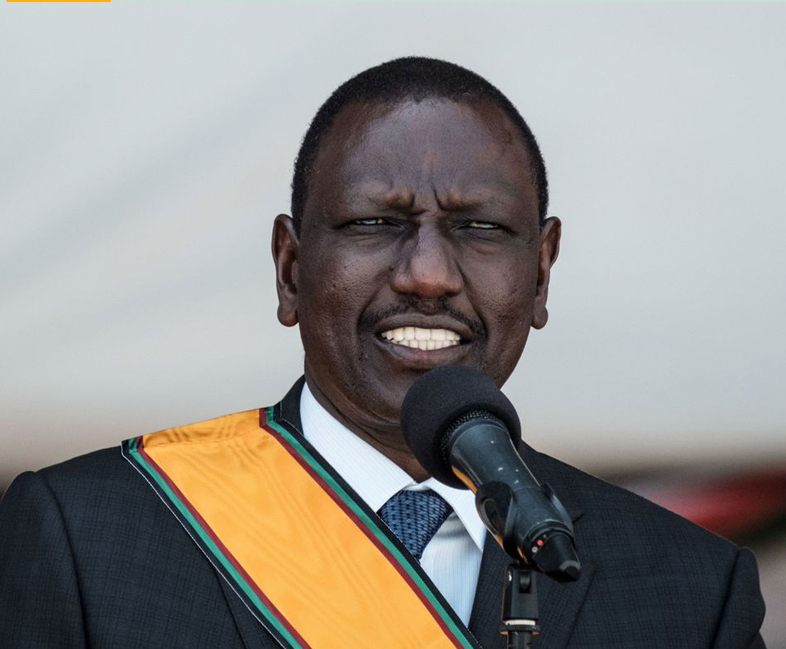- Home
- About API
- Our Experts
- Publications
- Our Centers
- Policy Forums
- Speeches
- Events
- Multimedia
- Mon-Fri (9:00 am-7.00 pm)
- [email info@apiafrica.org]
- +254 706 670 965
- Mon-Fri (9:00 am-7.00 pm)
- [email info@apiafrica.org]
- +254 706 670 965

Ahead of the release of the Building Bridges Initiative BBI report, the Mount Kenya region has emerged as a free-for-all theatre of a new scramble and at the same time holding the risk of marginalization by rival power elites. Yet still, the region has not generated a clear exit strategy to enable it define its own future, harness its political competitiveness, unity and resilience.
Kenya awaits with bated breath the unveiling of the Building Bridges Initiative (BBI) Report, expected to redefine the future of power. Divisions over the Report are likely to turn an already divided Mount Kenya Region into a perfect storm, the proverbial Tower of Babel. But the power elite of the country’s most populous region are dithering as Rome burns. Without an agreed-upon exit strategy ahead of the 2022 political transition, the region finds itself in a profound political quagmire.To be sure, a candidate from the region can vie for the throne of power in 2022. But chances are extremely high that the region, for the first time since 2002, is destined to exit the helm of state power, and to choose between presidential candidates who are not its own scions. Inescapably, exiting power carries the risk of marginalization by rival power elites. Yet, the region has not generated a clear exit strategy to enable it define its own future, avoid marginalization and irrelevance and harness its political competitiveness, unity and resilience either as a prime mover in the coming government or as an alternative government at the helm of a refurbished opposition.
Download PDF